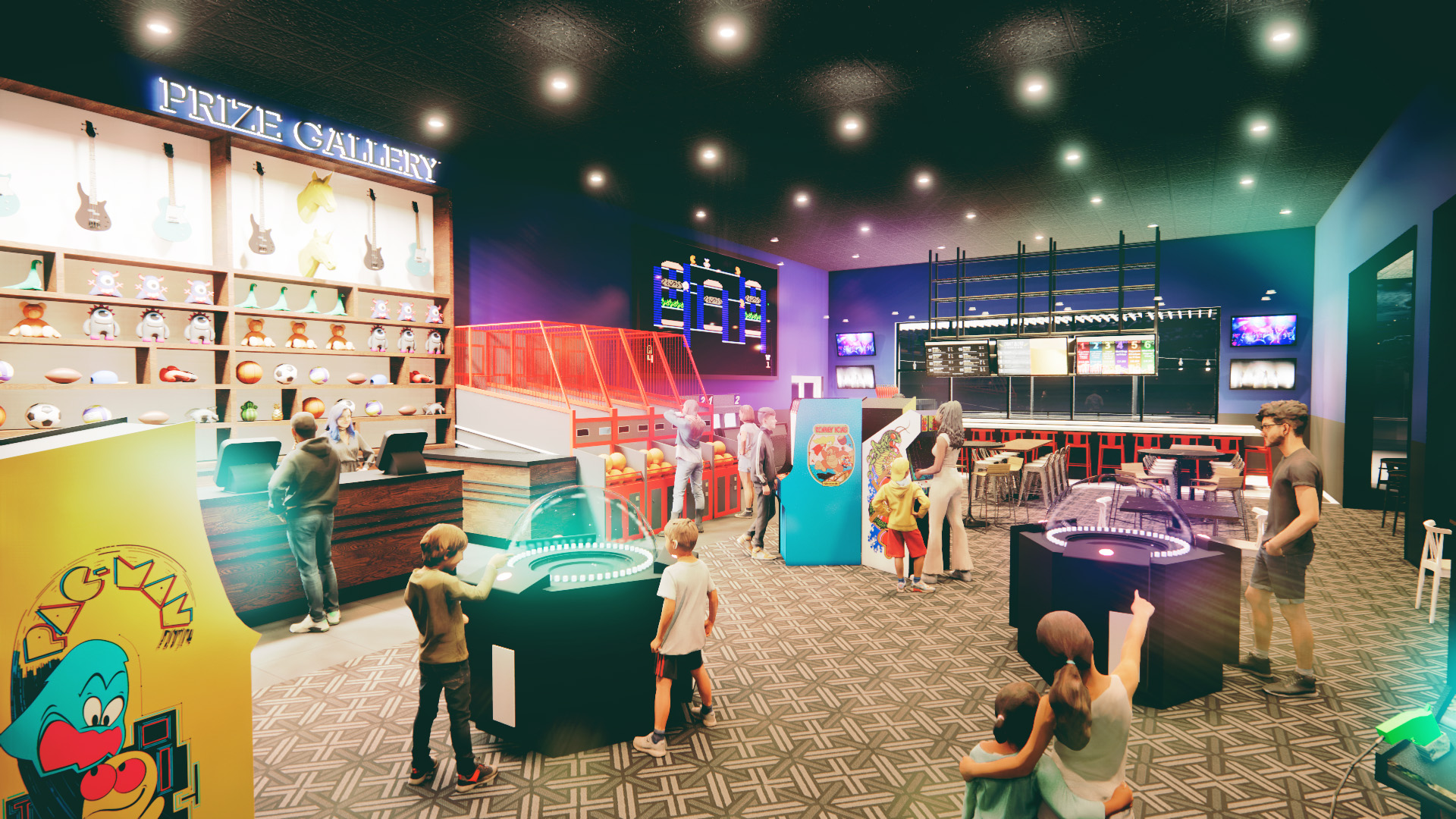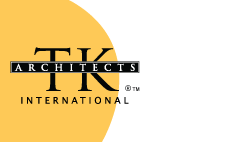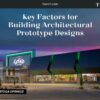
October 2023
by Steve Petracek, Principal
The Engineering Side of Things
Now that we have seen the architectural view of a Family Entertainment Center (FEC) conversion, the next logical step is to jump into the structural aspects. The benefits of an FEC conversion may be lost, if the modifications to the structure can’t be made. I have learned the best thing is to be flexible. Typically, we can achieve the outcome in most cases, but maybe not as planned originally.
The most intrusive element in the structure is the demising wall. Below are some general structural approaches to addressing existing demising walls. These tactics are dependent on the size and location of openings. Possible options include:
- CIP conc: A solid wall, typically used to carry gravity and lateral loads, has the potential to add openings without excessive work.
- Precast: Another solid wall system used to carry gravity and lateral loads, usually in widths of 8′ to 10′ sections. These are easier to modify as removing a complete section is possible; coordination of openings with the panel joints is required.
- Tilt Wall: The same approach as used with CIP concrete.
- CMU: Concrete Masonry Units are like concrete walls, but with unreinforced cells, intermittent steel reinforcing has an added challenge for wall capacity and use of anchor types.
- Steel: The easiest and possibly the most troublesome at the same time. Typically, it is never an issue to remove the infill light gauge framing to enlarge the volume. In some cases, though, an X-brace is in the wall. Both the steel columns and X-bracing, which is a pretty cool feature, will need to remain.
The auditoriums themselves are typically straightforward, with the auditorium seating platforms able to be removed completely. Whether framed with structural steel, light gauge, or foam, reclaiming auditorium space is typically straightforward and requiring only demolition. Removing or filling a sloped floor is a simple fix to create a level surface at the required elevation.
Some difficulty comes into play with using the space under the mezzanine framing. There usually are columns between the demising walls to accommodate mezzanine offsets, steps, or reduce beam spans. In most cases, removing mezzanine columns can be completed with the correct reinforcing. Typically, removing one column requires two columns to be added.
To keep costs lower and downtime less, the location of the new framing is critical. The best solution is to design the new framing as the shoring element and the final condition framing. Having a contractor on board during the initial design phase is beneficial as they can provide guidelines or limitations on what they can do. Such as the maximum lifting weight, achievable framing lengths, and numerous other construction coordination requirements they are in control of that will push costs up or down.
Framing around kitchens is always a challenge. Owners want an open floor plan, with a preference for kitchen operation. That can be a problem based on the column interferences mentioned above. Coordination with a kitchen vendor early on to work on keeping unobstructed paths is recommended. Additionally, added kitchens require new rooftop equipment, typically supported by existing roof joists. In most cases, these joists do not have much additional capacity beyond their original design, requiring coordination with kitchen equipment to locate them efficiently and safely.
In summary, with Family Entertainment Centers becoming the next big thing, retrofitting an existing theatre is an excellent opportunity to bring in additional revenue. Bowling, arcade/redemption, axe throwing, laser tag, etc. provide diverse revenue streams that can be established for year-round, all-day business and an existing auditorium is an excellent place to find the space.
Steve Petracek, Principal



